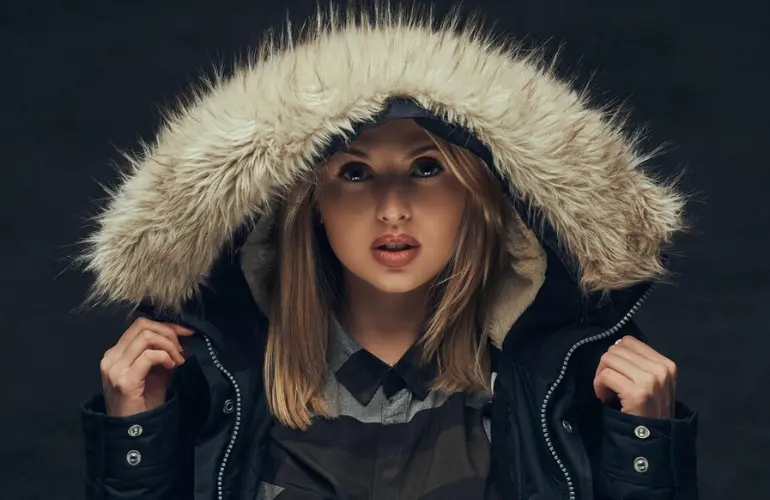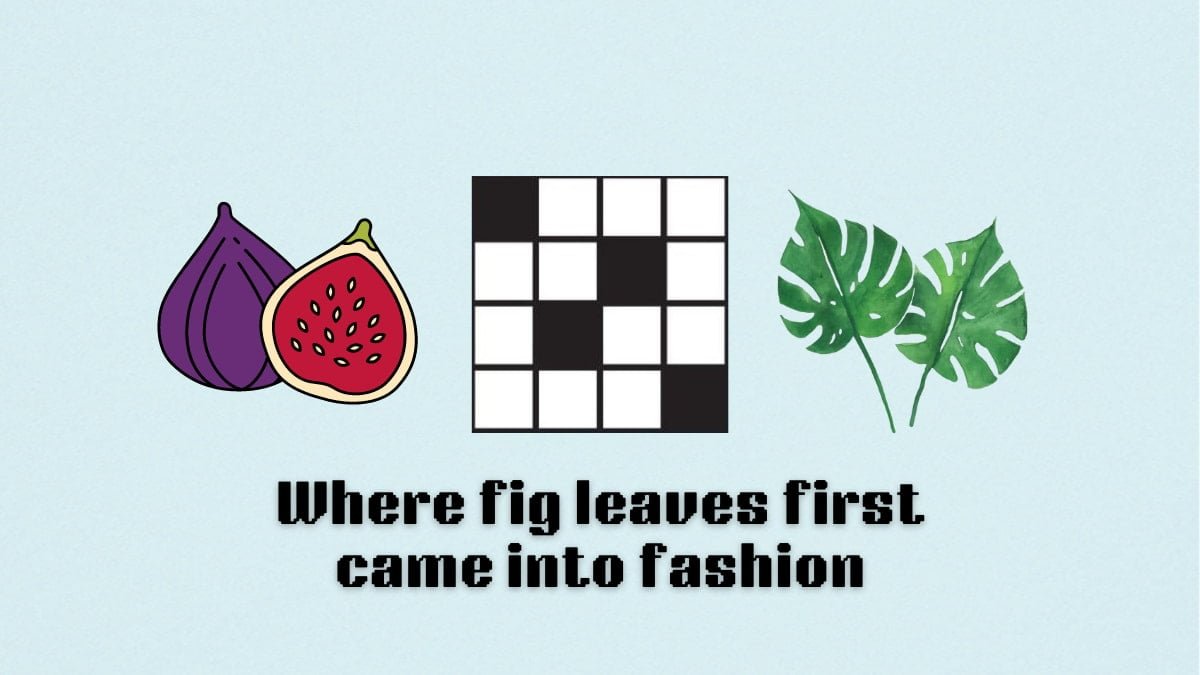The term “First Came into Fashion” appeared in the New York Times in the early 20th century. It highlighted emerging trends and cultural shifts.
Fashion is an ever-evolving domain that mirrors societal changes. The New York Times has long documented these shifts, providing readers with insight into the latest trends. The phrase “First Came into Fashion” often serves as a marker for the debut of new styles and cultural movements.
This documentation helps fashion enthusiasts stay ahead of the curve. Over the decades, the term has been used to signify pivotal moments in fashion history, from revolutionary designs to iconic trends. Understanding when something first came into fashion offers valuable context for both fashion historians and modern-day trendsetters.
Early Beginnings
The fashion world is ever-changing, with trends coming and going. To understand the early beginnings of fashion, we need to look at its historical context. This helps us appreciate how fashion evolved over time.
Historical Context
Fashion first emerged as a concept in ancient times. Early humans used clothing for practicality and protection. Over time, clothing styles began to signify social status. Ancient civilizations, such as Egypt, Greece, and Rome, had distinct fashion styles.
In ancient Egypt, clothing was made from linen. The Greeks preferred simple, draped garments. Romans used togas and tunics to display their wealth. Fashion continued to evolve through the Middle Ages and Renaissance.
Influential Figures
Throughout history, many figures have influenced fashion. Monarchs and nobility often set trends. For example, Queen Elizabeth I of England popularized elaborate gowns and ruffs. French King Louis XIV’s court was known for its luxurious styles.
In the 20th century, designers became key influencers. Coco Chanel revolutionized women’s fashion with her simple, elegant designs. Christian Dior introduced the “New Look,” changing post-war fashion forever.
These influential figures shaped fashion’s early beginnings and paved the way for future trends.
Evolution Of Trends
The world of fashion is always changing. Trends come and go. Each decade brings its own unique styles. This makes fashion exciting and dynamic. Understanding the evolution of trends helps us appreciate today’s styles. Let’s dive into a decade-by-decade analysis and explore the cultural influences behind these trends.
Decade-by-decade Analysis
Fashion trends evolve over time. Each decade has its signature look. Let’s explore:
| Decade | Key Trends |
|---|---|
| 1920s | Flapper dresses, bobbed hair, cloche hats |
| 1950s | Poodle skirts, leather jackets, cat-eye glasses |
| 1970s | Bell-bottoms, tie-dye shirts, platform shoes |
| 1990s | Grunge, baggy jeans, crop tops |
Cultural Influences
Fashion is not just about clothes. It’s influenced by culture and society. Here are some key influences:
- Music: Rock, pop, and hip-hop influence styles.
- Movies: Iconic films set fashion trends.
- Technology: Advances change how clothes are made.
- Social Movements: Fashion reflects societal changes.
Understanding these influences helps us appreciate how trends evolve. Fashion is a reflection of our world. It’s shaped by many factors. This makes it endlessly fascinating.
Iconic Fashion Moments
Fashion has given us many unforgettable moments. These moments have defined eras, set trends, and influenced pop culture. From the runway to the red carpet, fashion’s impact is undeniable. Let’s dive into some of these iconic moments that have made history.
Red Carpet Highlights
The red carpet is a stage for glamour and elegance. Celebrities show off their best looks, creating memorable fashion moments.
- Marilyn Monroe’s White Dress: Worn in “The Seven Year Itch,” it’s iconic.
- Lady Gaga’s Meat Dress: A statement at the 2010 MTV Awards.
- Jennifer Lopez’s Versace Dress: The green dress at the 2000 Grammys.
| Celebrity | Event | Outfit |
|---|---|---|
| Marilyn Monroe | The Seven Year Itch | White Dress |
| Lady Gaga | 2010 MTV Awards | Meat Dress |
| Jennifer Lopez | 2000 Grammys | Green Versace Dress |
Runway Revolutions
Runways are the birthplace of fashion trends. Designers use them to showcase their vision.
- Alexander McQueen’s 1999 Show: Shalom Harlow’s dress painted by robots.
- Chanel’s Supermarket Show: Karl Lagerfeld’s 2014 unique runway idea.
- Victoria’s Secret Fashion Show: Known for its grandeur and angel wings.
These events set the stage for new trends. They push the boundaries of fashion and creativity.

The Role Of Media
The media has played a crucial role in shaping fashion trends. It influences how people dress and perceive style. From magazines to blogs, media platforms have had a significant impact.
Impact Of Magazines
Magazines were among the first to showcase fashion trends. They provided a platform for designers to display their work.
Popular magazines like Vogue and Harper’s Bazaar set the tone. They influenced readers’ fashion choices greatly.
Fashion spreads and editorial shoots became highly influential. These magazines often featured the latest collections and styles.
Readers looked forward to the latest issue to stay updated. Magazines also provided style tips and fashion advice.
Rise Of Fashion Blogs
With the advent of the internet, fashion blogs emerged. They offered a fresh perspective on fashion trends.
Bloggers began to share their personal style and fashion tips. This democratized fashion, making it more accessible.
Popular fashion blogs gained a massive following. They often featured collaborations with brands and designers.
Blogs also allowed for reader engagement through comments. This created a community of fashion enthusiasts.
Fashion blogs provided real-time updates on trends. They quickly became a go-to resource for fashion lovers.
| Media Type | Impact on Fashion |
|---|---|
| Magazines | Showcased designer collections, influenced trends |
| Fashion Blogs | Provided personal style tips, democratized fashion |
Technology And Fashion
The fusion of technology and fashion has revolutionized the industry. This blend has brought forth innovations that were once unimaginable.
Digital Transformation
Digital transformation has reshaped how we view fashion. Brands now use advanced technologies to enhance their designs and processes.
- 3D printing for custom clothing.
- Virtual reality for fashion shows.
- Artificial intelligence in trend forecasting.
3D printing allows for personalized garments. This technology reduces waste and speeds up production.
Virtual reality provides immersive experiences. Fashion shows can now reach a global audience.
Artificial intelligence helps predict trends. This ensures brands stay ahead in the competitive market.
Social Media Influence
Social media has a significant impact on fashion trends. Platforms like Instagram and TikTok drive what’s popular.
| Platform | Influence |
|---|---|
| Visual-centric, perfect for fashion. | |
| TikTok | Viral trends and challenges. |
| Inspiration boards for styles. |
Influencers play a key role. They have large followings and can quickly popularize new styles.
Brands collaborate with influencers. This boosts their visibility and credibility.
Hashtags and challenges drive engagement. They create a buzz around new collections.

Sustainable Fashion
Sustainable fashion is a growing trend in the fashion industry. It focuses on creating clothes that are kind to the environment. This type of fashion uses fewer resources and less energy. It also helps reduce waste and pollution. People are now more aware of how their choices impact the planet.
Eco-friendly Materials
Eco-friendly materials are an essential part of sustainable fashion. These materials are made from natural fibers and recycled products. They do not harm the environment during production or disposal. Some popular eco-friendly materials include:
- Organic Cotton: Grown without harmful chemicals.
- Bamboo: Grows quickly and needs less water.
- Recycled Polyester: Made from recycled plastic bottles.
- Hemp: Requires little water and no pesticides.
Using these materials helps reduce the carbon footprint of fashion. It also ensures that fewer harmful substances enter the ecosystem.
Ethical Brands
Many brands are now focusing on ethical practices. These brands ensure fair wages and safe working conditions. They also emphasize transparency in their supply chains. Some well-known ethical brands include:
| Brand | Focus Area |
|---|---|
| Patagonia | Environmental activism and fair labor practices. |
| Everlane | Transparent pricing and ethical factories. |
| Reformation | Sustainable materials and reduced waste. |
Supporting ethical brands means you are making a positive impact. It encourages more brands to adopt sustainable practices.
Global Fashion Capitals
Fashion has long been a way to express oneself. Certain cities have become global fashion capitals. These cities influence trends worldwide.
Paris
Paris is often called the fashion capital of the world. It is home to many famous designers and fashion houses. Paris Fashion Week is a major event. People from all over the world attend. The city is known for its elegant and chic style. Many iconic brands started here. Chanel, Louis Vuitton, and Dior are just a few.
New York
New York is another major fashion capital. It is known for its diverse and dynamic fashion scene. New York Fashion Week is a highlight in the fashion calendar. The city is home to many fashion schools. These schools produce top designers every year. New York is also known for its street style. The fashion here is bold and edgy.
| City | Known For | Major Brands |
|---|---|---|
| Paris | Elegant and chic fashion | Chanel, Louis Vuitton, Dior |
| New York | Diverse and dynamic fashion | Calvin Klein, Ralph Lauren, Marc Jacobs |

Future Of Fashion
The Future of Fashion is a thrilling topic. Fashion constantly evolves, embracing new trends and technologies. This section explores how innovative fabrics and changing consumer preferences shape the future of fashion.
Innovative Fabrics
Fashion designers now experiment with innovative fabrics. These materials offer unique properties and benefits. Some examples include:
- Smart textiles that can change color or monitor health.
- Eco-friendly fabrics made from recycled materials.
- Biodegradable fabrics that reduce environmental impact.
These fabrics not only improve comfort but also support sustainability. They represent a significant shift in how we view clothing materials.
Changing Consumer Preferences
Today’s consumers have different preferences compared to the past. They value sustainability and ethical production. Some key trends include:
- Eco-conscious shopping: Consumers prefer brands with green practices.
- Minimalist fashion: People choose quality over quantity.
- Personalized clothing: Custom-fit garments are gaining popularity.
Brands must adapt to these changing preferences. They need to offer products that align with consumers’ values.
The future of fashion is exciting and promising. With innovative fabrics and changing consumer preferences, we can expect a dynamic evolution in the industry.
Frequently Asked Questions
When Did Fashion First Emerge?
Fashion as a concept dates back to ancient civilizations. However, it became more prominent during the Renaissance in Europe.
What Influenced Early Fashion Trends?
Early fashion trends were influenced by royalty, social class, and cultural exchanges through trade and conquest.
Why Is Fashion Important Historically?
Fashion reflects societal changes, cultural norms, and technological advancements. It provides a window into the values and aesthetics of different eras.
How Did The New York Times Cover Fashion?
The New York Times has covered fashion extensively, providing insights, trends, and industry news since the early 20th century.
Conclusion
Fashion trends have evolved significantly over the years. Understanding their origins enriches our appreciation of contemporary styles. Knowing when trends first appeared can inspire future fashion innovations. Stay curious and explore the fascinating history behind what we wear today. Fashion is a cycle, and its past often shapes its future.
